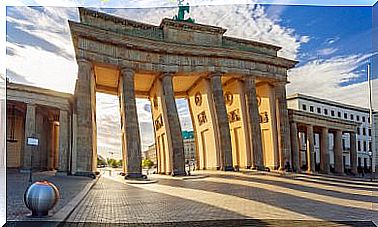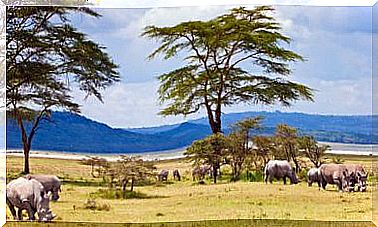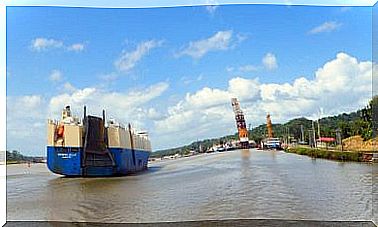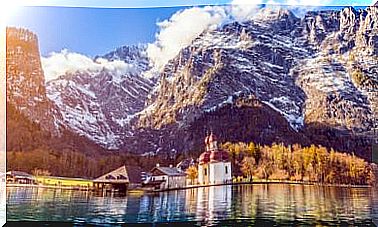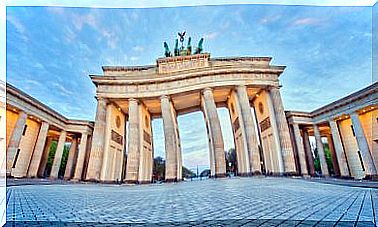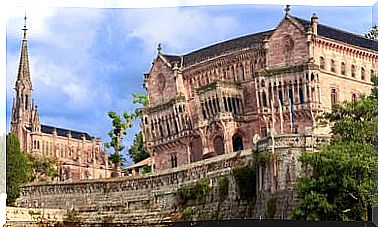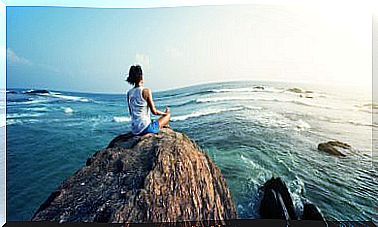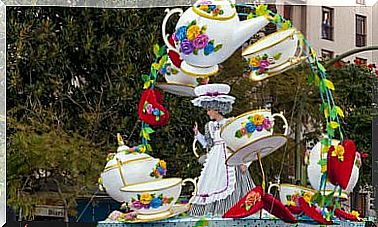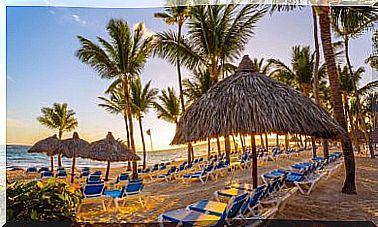The Ruins Of Copán, One Of The Treasures Of Honduras
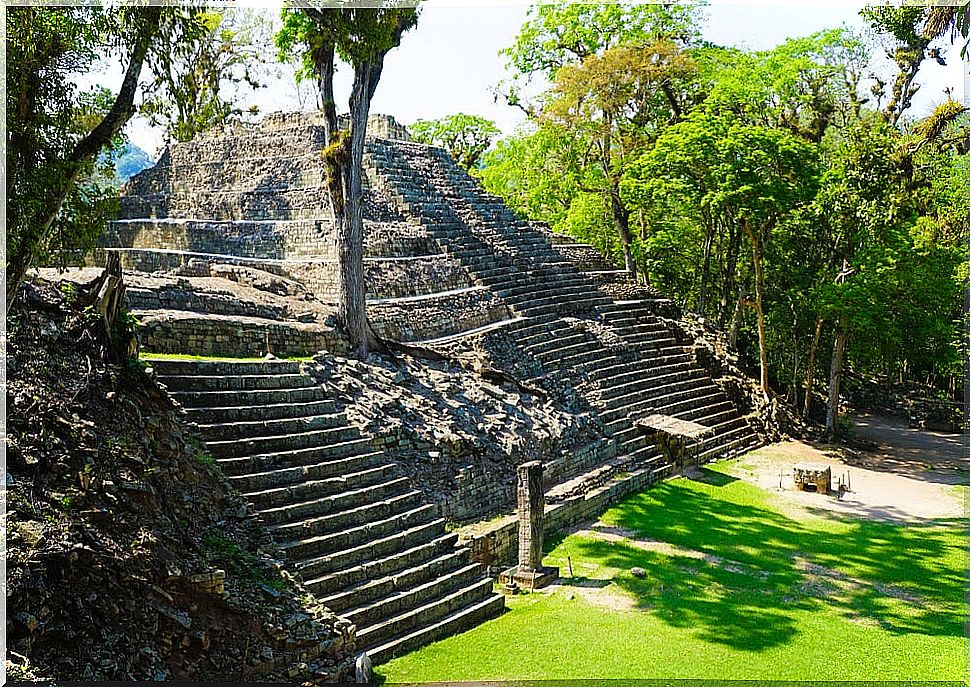
The ruins of Copán are considered by experts as one of the great jewels of the ancient Mayan civilization. They are located in the western part of Honduras and about 12 kilometers from the border with Guatemala. We are going to visit this interesting archaeological site, will you join us?
A unique site
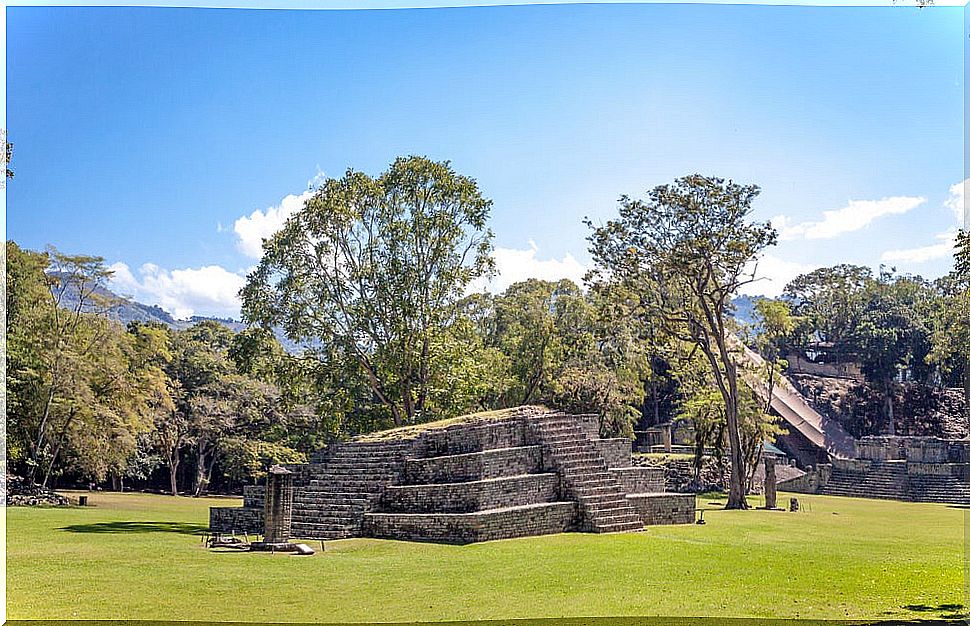
There are many researchers who call this archaeological site the “Athens of the Mayans. ” Given its relevance, it was declared a World Heritage Site by UNESCO in 1980. Two years later, in 1982, the government of Honduras declared it a National Monument. In fact, it is ranked 21st within the 30 Wonders of Honduras.
The importance of these ruins in the world of history and archeology comes from the fact that, from a scientific point of view, it is one of the most important Mayan enclaves in the country. It is, therefore, one of the great sources of Mayan information that exist in the world.
History of the ruins of Copán
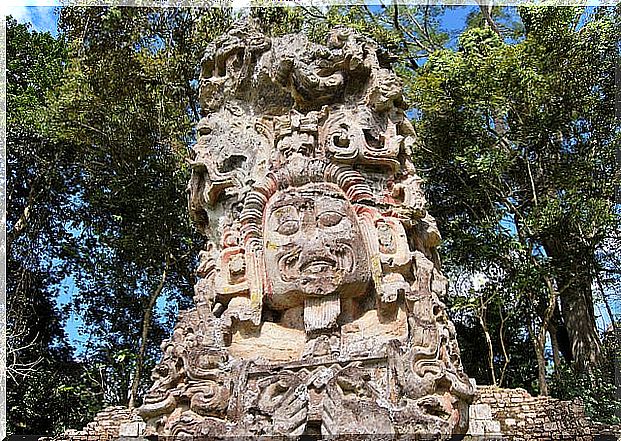
The history of the Copán ruins is, as you might guess, lengthy. Therefore, going over it point by point is practically impossible. Even so, we are going to take a brief tour of their history so that you can fully enjoy it if you decide to visit them.
The origins of the city are in the Preclassic period. But there is little information until a new dynasty was founded, linked to Tikal. We are located at the beginning of the 5th century BC. From that moment on, Copán became a powerful city-state and a great power in the south of the Mayan region.
It suffered an important defeat in a battle in 738 against the troops of the city of Quiriguá, which plunged them into a great setback. However, the rulers of Copán built the new monumental structures, recovering everything lost in just a few decades.
After reconstruction, Copán continued to be occupied. But the population began to decline dramatically, from about 20,000 to less than 5,000 in the 8th and 9th centuries AD.
Main set of the ruins of Copán
The main set of the ruins of Copán occupies an area of 600 × 300 meters and represents the nucleus of the ancient city. Among its structures, the Acropolis and a set of smaller elements stand out, such as the ball game field.
The Acropolis of Copán
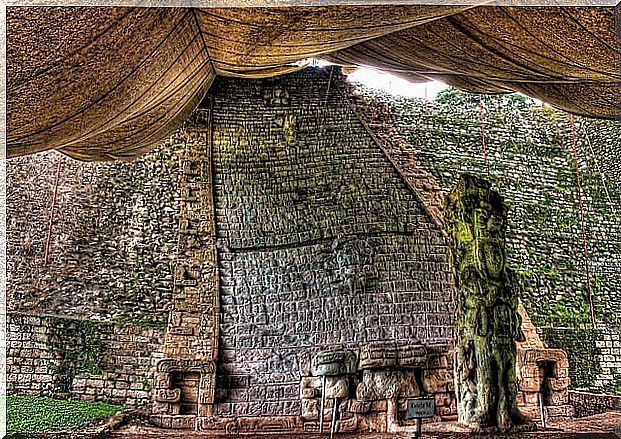
It is a real complex built on the south side and located in the heart of Copán. It consists of two squares, the Western Plaza and the Oriental Plaza.
The Acropolis is located on an elevation, so archaeologists excavated large tunnels to discover all the secrets that the monument held. Thus, there they discovered glyphic texts from the Early Classic and were able to verify the information about the first dynastic rulers of the city.
The first buildings built on the Acropolis date back to the early 5th century, when the royal dynasty was established. These were built in adobe and stone on the old structures of earth and cobblestones. These buildings include the Tikal and talud-tabla styles, typical of the area of Mexico.
The ball game
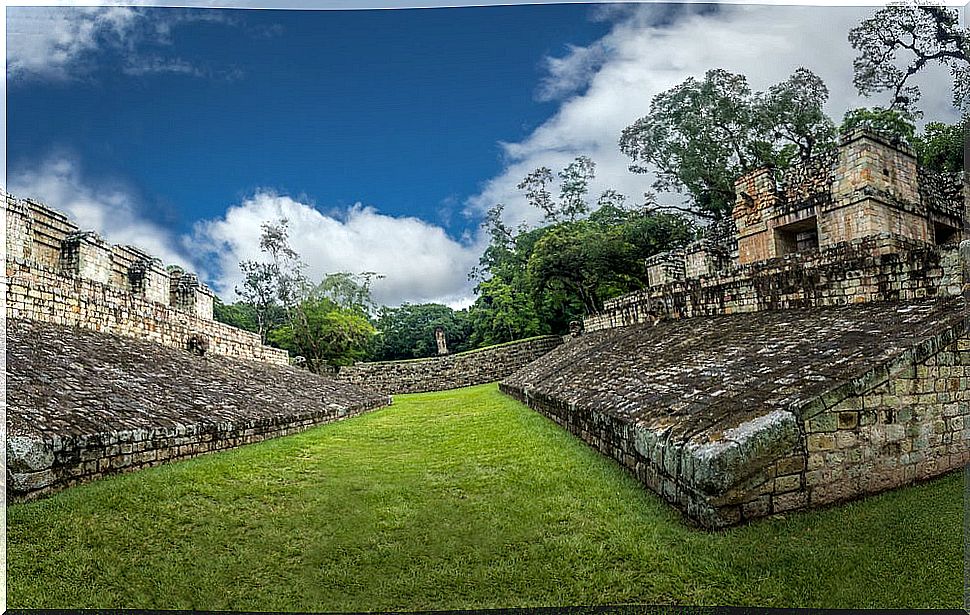
The ball game field, or just Ball Game, is located between the two most important squares in Copán, the Escalinata and the Monuments squares. The one that can be seen today is the third version of the field, as it was remodeled and demolished on other occasions.
It was dedicated to the god of the Great Macaw. The buildings surrounding the field were decorated with mosaic sculptures of these birds. The construction of the field was completed in the year 738, a date that appears inscribed in a glyphic text in the sloping area of the field.
Other monuments
But in the ruins of Copán we not only find these monuments, but they are full of other smaller ones, but no less beautiful for that.
One of the best known in Copán is Altar Q. It was built in 776 AD and has the first 16 kings of the city carved. Each figure appears seated on a glyph that contains its name, and in the upper part there is a glyphic text about the founding of the dynasty, in 426-427.

